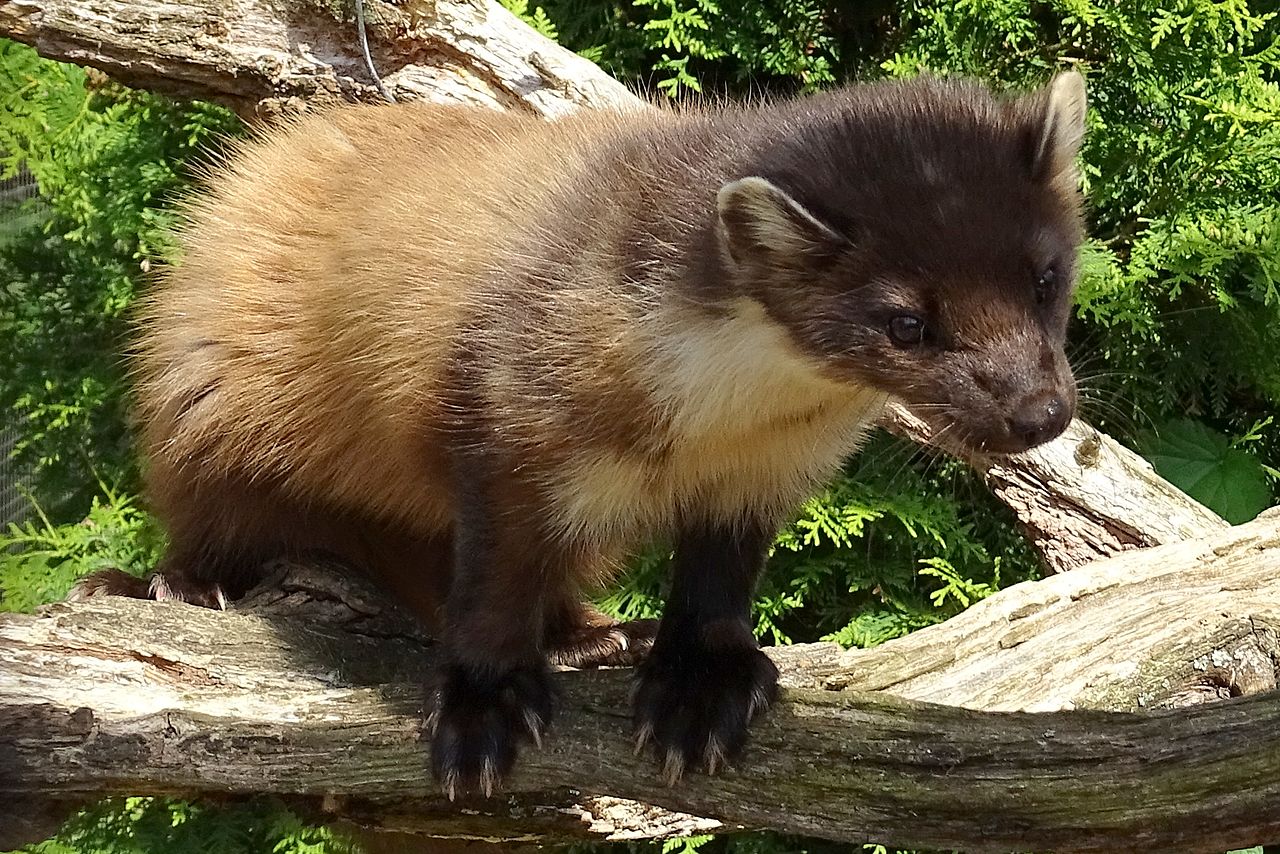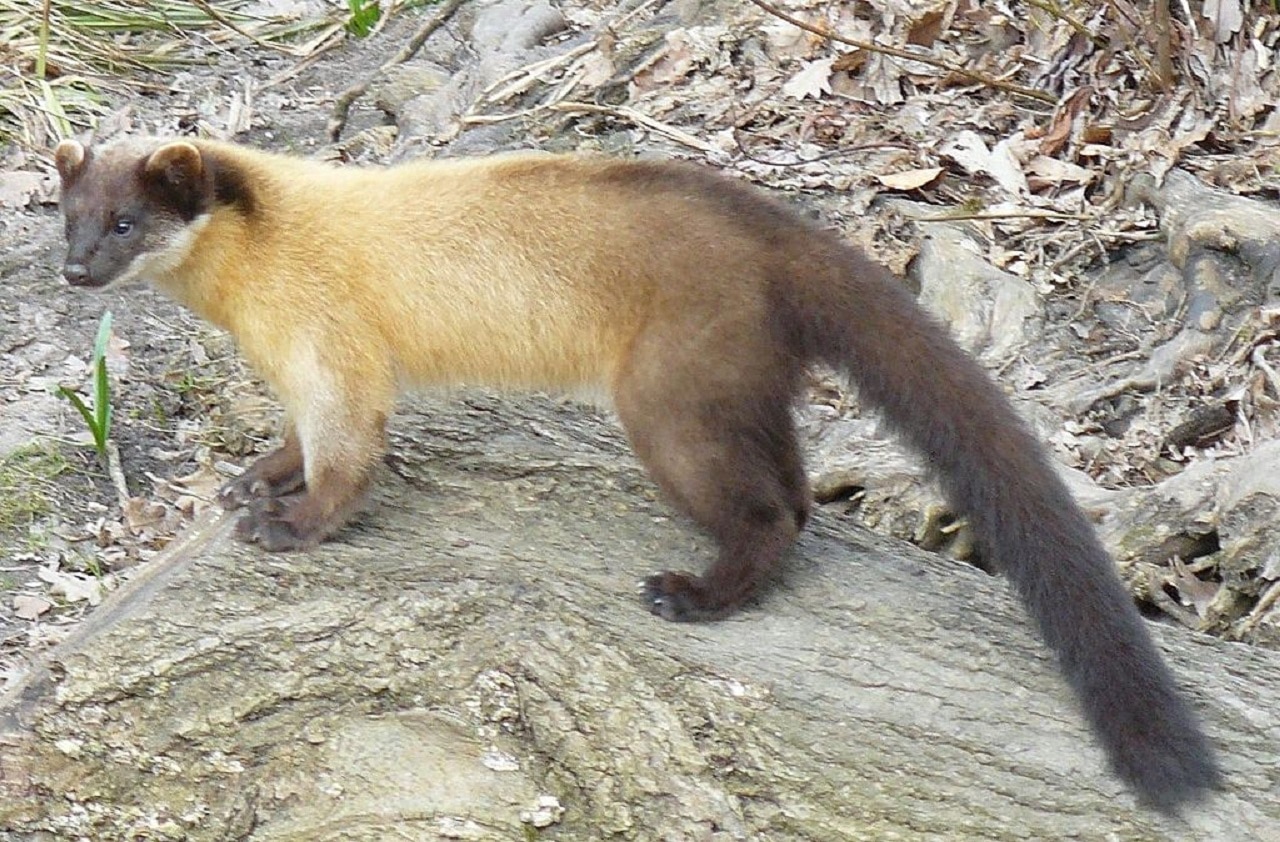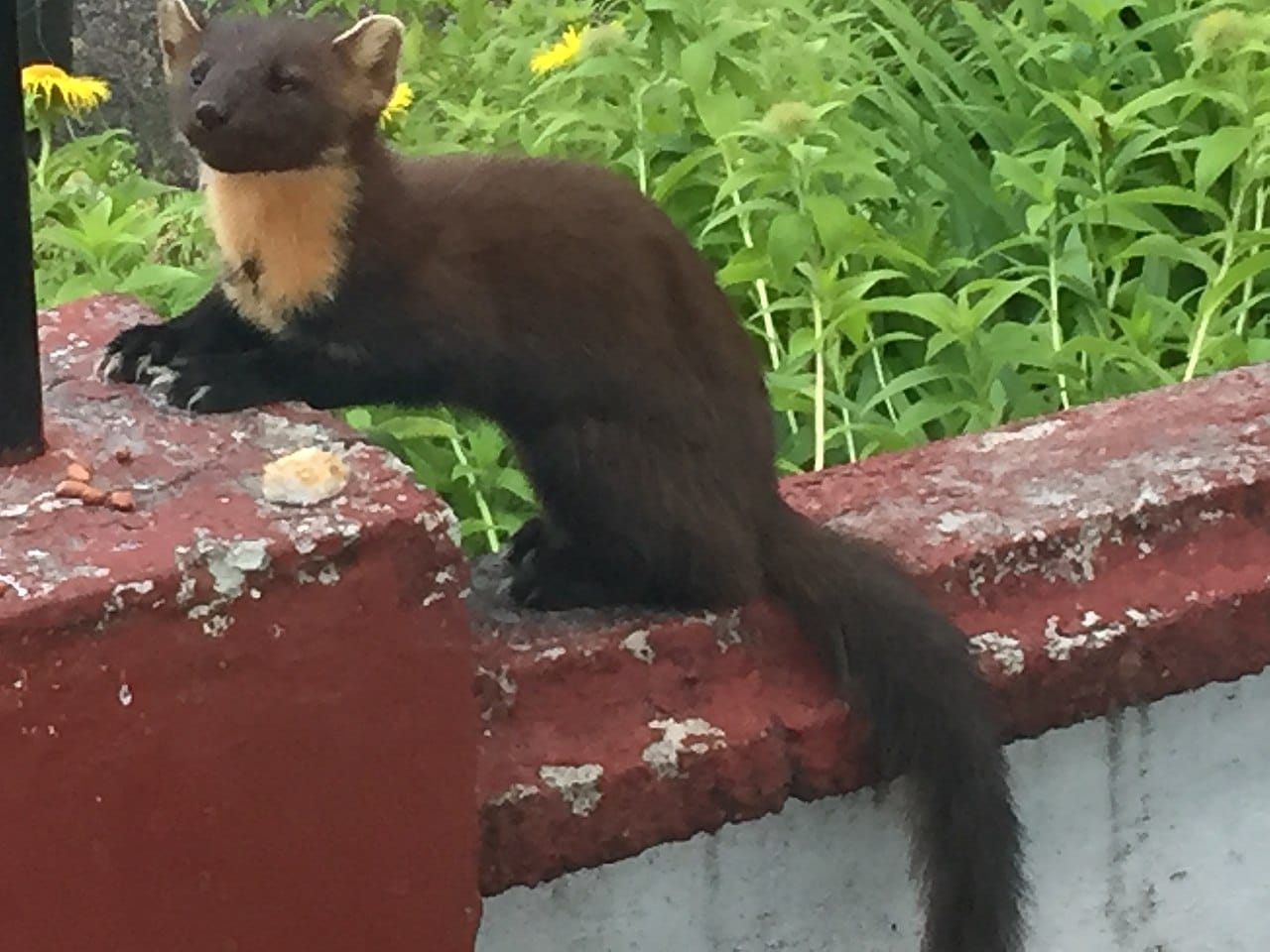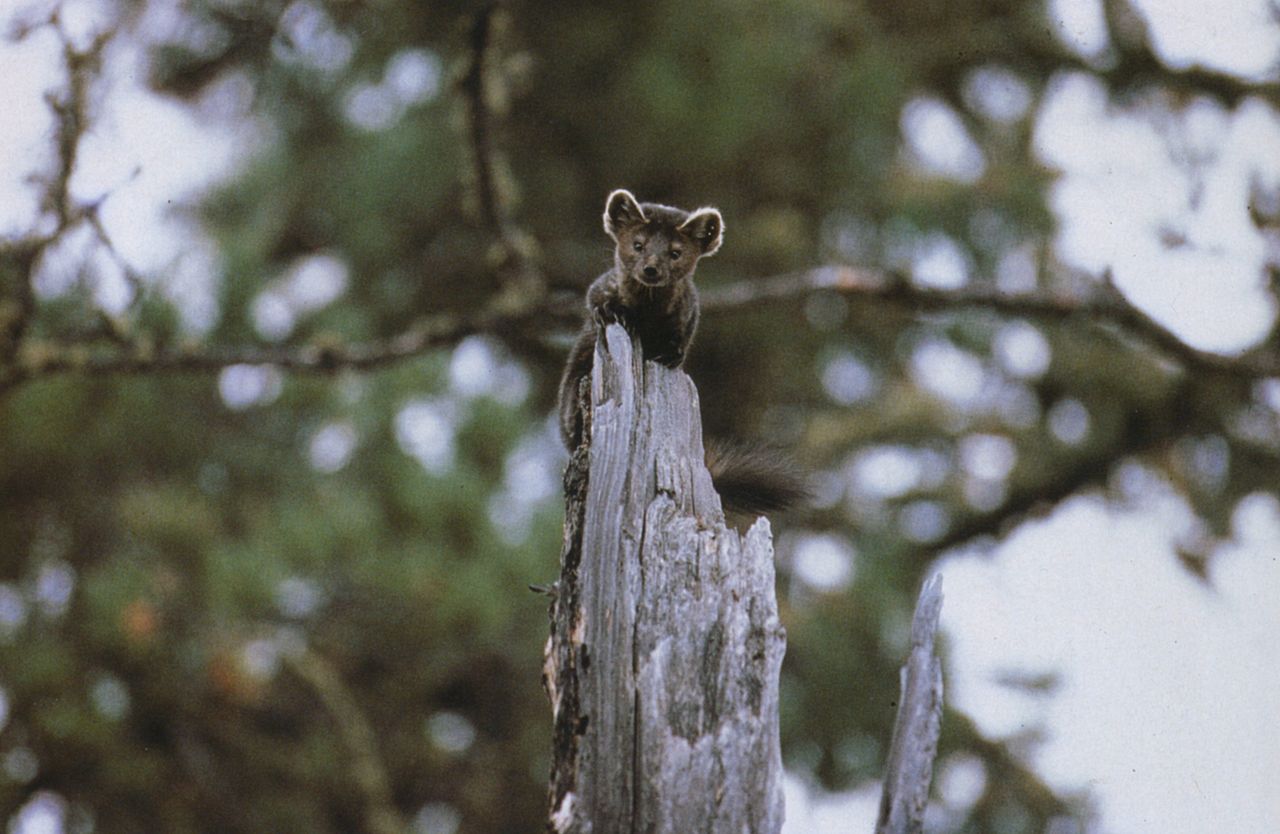
The sable, a Russian animal treasure, is a mustelid belonging to the same animal family as the otters and badgers. It is a omnivorous mammal whose fur has unfortunately become famous in the garment manufacturing industry.
But above all, as we told you, it is a biological treasure of Russia. It lives throughout this country, mainly in the south, but its population also extends over Mongolia and reaches the island of Hokkaido, in Japan. If you want to know more about this friendly-looking animal, we invite you to continue reading.
Why sable is a Russian animal treasure
Tuesday zibellina, as this animal is scientifically known, it is a treasure for Russia for a fundamental reason: it is one of the species major and numerous from that gigantic country.
The emblematic character of the sable
This mustelid has inhabited the regions of Russia since the dawn of time. Even his own name seems to derive from the Slavic languages. Specifically from the Russian term zobol, which in turn would lead to the words zibelline from French and sable o sable from Castilian.

sable marten
But it is more important for Russia because it is one of the most common animals in that country and, therefore, one of the emblematic. Before its population decreased, it inhabited both the south and the north of the nation, including the entire European Russia y Siberia (even through its northern part it reached as far as Japan, as we told you). But it was also in Poland and scandinavian peninsula.
The Russians value this animal so much that in the middle of the last century, when it was about to become extinct, they undertook a repopulation of the areas where it lived. Thanks to this, the species is currently in magnificent health and has even spread to larger territories such as the mountains of east asia and it has more than fifteen subspecies.
How is the sable sable, Russian animal treasure
It is a small animal similar to an otter, with whom it shares a family, as we indicated. Usually lives in dense pine, cedar or birch forests and, more specifically, in burrows generally close to rivers. It is quite sedentary although, when its food is scarce, it can walk up to twelve kilometers a day in search of sustenance.
Physically, the sable has a small body with short legs and long tail full of abundant hair. Male specimens usually measure around fifty-five centimeters, while females rarely exceed thirty-five. Similarly, the former weigh about two kilos more than the latter. Both have short heads and snouts, small ears, and long mustaches. Finally, his coat is colored black or brown, brighter in winter, although there are specimens with lighter hair.

Sable Marten with darker fur
Sable customs
The marten usually emerges from its burrow at early hours of the day, especially in mating season, which occurs in summer. During courtship, males run and jump around females and fight among themselves to be accepted. Once they become pregnant, the pregnancy lasts ten months and they have litters of three to seven young.
They are born with a weight of approximately thirty five grams and with closed eyes. They take around a month to open. During that time they are fed and cared for by the mother, who gives them breast milk and then more solid food that they regurgitate. They leave the burrow early, but do not reach maturity until they are two years old and live about eighteen.
It's an animal omnivore and it mainly feeds on small rodents, birds and other small mammals such as rabbits. But it also eats wild berries and even fish that it catches with its front legs. When winter approaches, it does food gathering in its burrow so as not to starve in the cold.
Has a powerful smell It serves both to capture its prey and to flee from predators and even to mark its territory. Among their worst enemies are tigers, wolves, foxes, lynxes, eagles, and owls.

Sable Marten perched on a tree trunk
Regarding its behavior, in the wild it can be a violent animal. And we say it this way because specimens have been domesticated. In these cases they have a docile and playful behavior. But you must not forget that it is precisely about wild animals and therefore their destiny is never to serve as pets.
In conclusion, the sable, russian animal treasure, is one of the emblematic species of that gigantic country. In addition, its large territories are the habitat where these sympathetic-looking animals are most abundant, which have spread to China. So linked is the marten to Russia that it has appeared in numerous films, documentaries and literary works made or set in that nation.